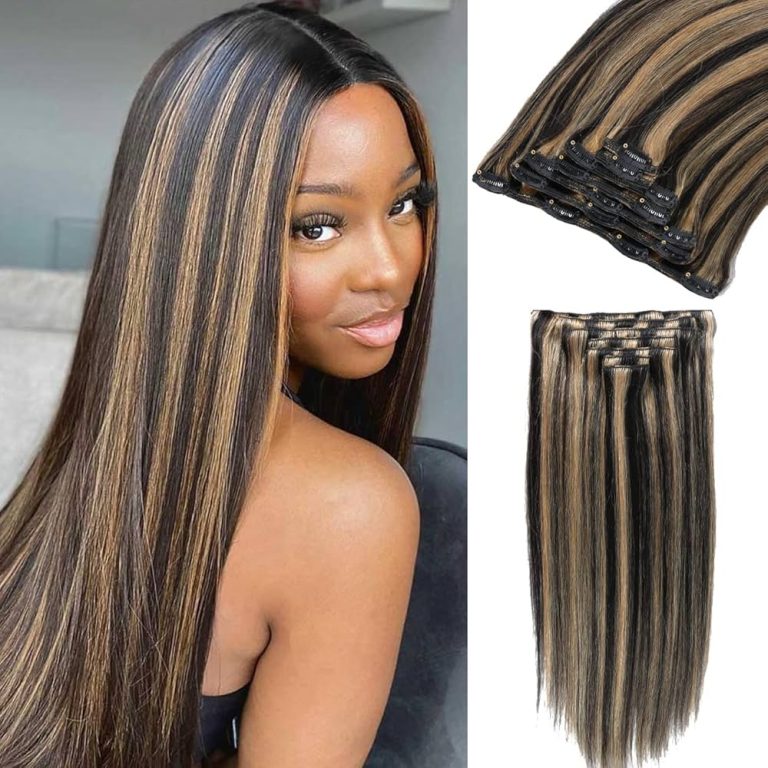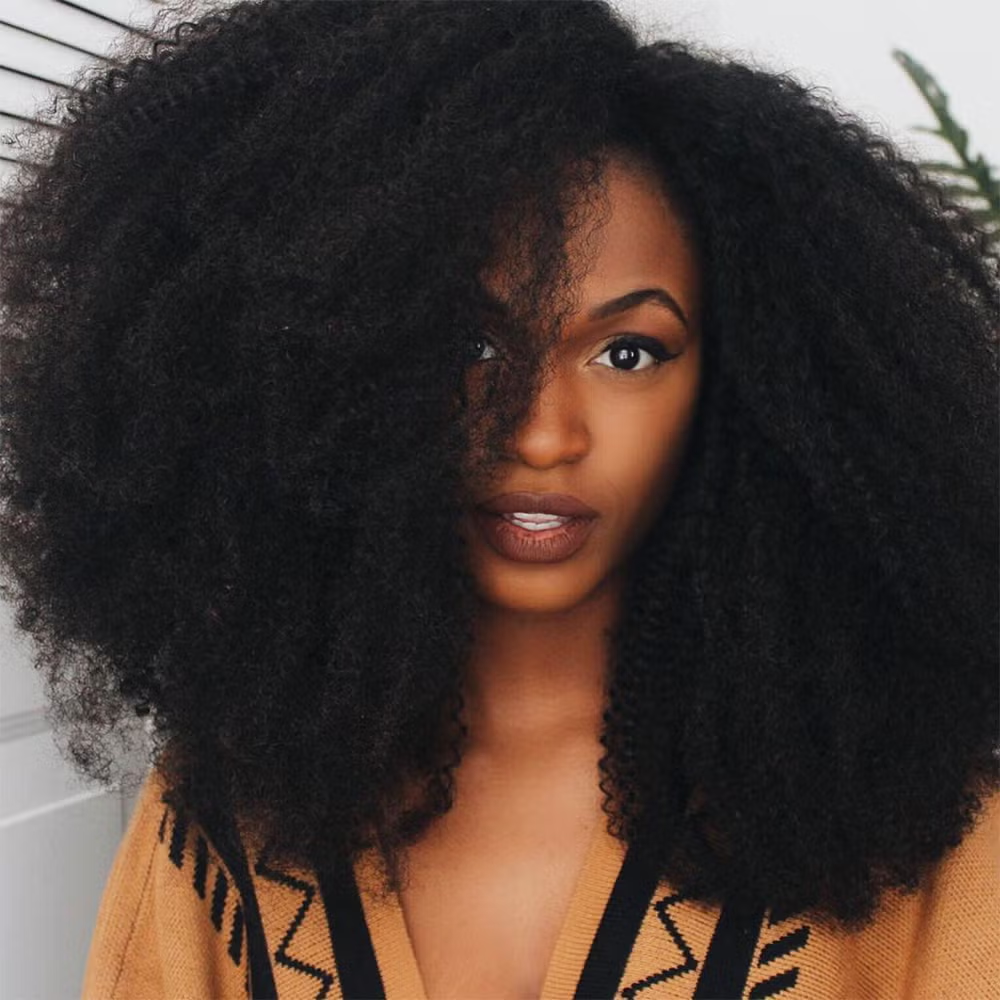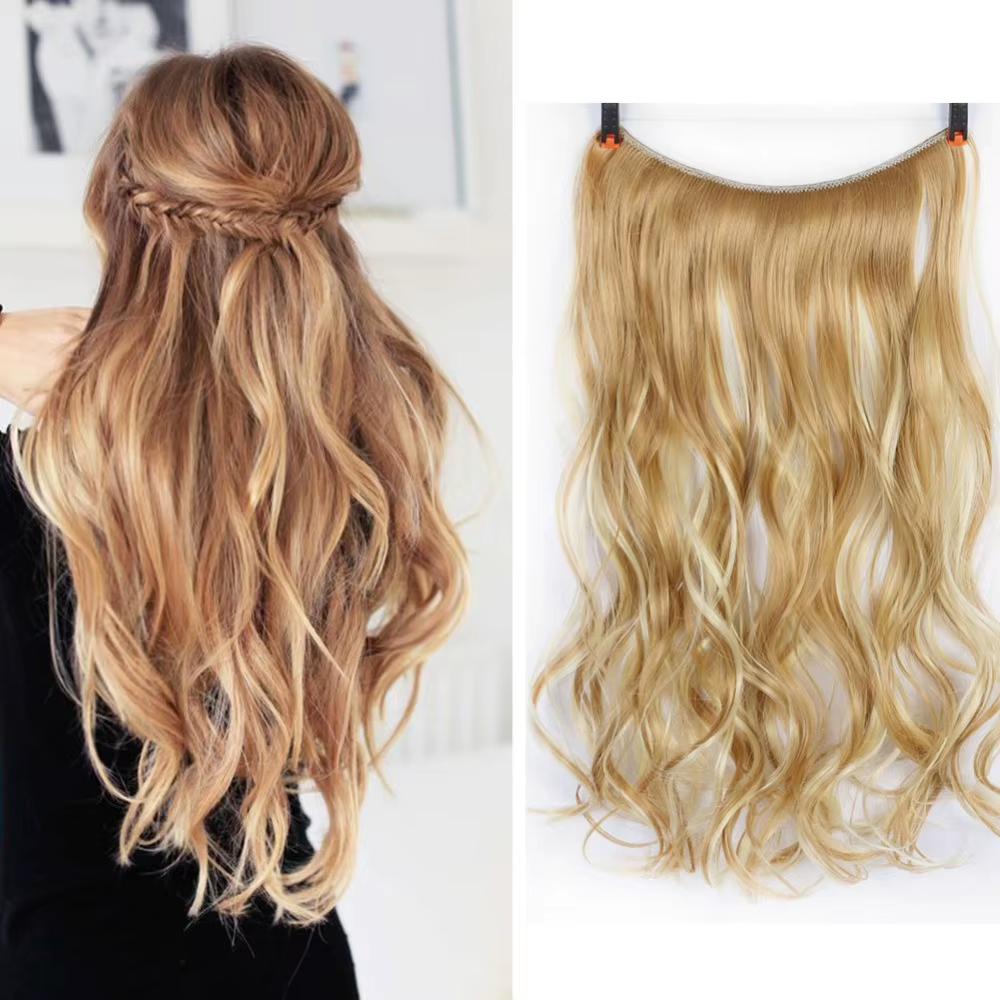
Hair Extensions for Thin Hair: Enhancing Volume and Style
Hair Extensions for Thin Hair: Enhancing Volume and Style
Hair extensions for thin hair provide an excellent solution for those seeking added volume and length. Many individuals with thin hair desire a fuller look without committing to permanent changes. Hair extensions offer flexibility and versatility, making them popular for various styling needs. Using extensions can transform thin hair into luscious, voluminous locks. Understanding the types of extensions available can help individuals select the best option for their needs.
Understanding Different Types of Hair Extensions
Various types of hair extensions cater specifically to those with thin hair. Clip-in extensions present a popular choice for individuals looking for temporary volume. These extensions can easily be applied and removed. Clip-ins allow for versatile styling without damaging the natural hair. For those seeking a longer-lasting option, tape-in extensions can provide fullness for weeks at a time.
Another option includes sew-in extensions. Sew-in extensions typically require professional application, as they are attached using braids and thread. This method can add significant volume but may be heavier on thin hair. It is crucial to consult a professional stylist before opting for this method.
Fusion extensions involve bonding individual strands of hair using keratin adhesive. This method allows for a natural look; however, it can be damaging if not applied correctly. For those seeking minimal commitment, halo extensions are a viable option. These extensions rest on top of the head and use a wire to stay in place, providing instant volume without clips or glue.
Each type of extension has specific benefits and drawbacks. Individuals should assess their lifestyle, preferences, and hair type when choosing extensions. By understanding the available options, individuals can select the best approach to achieve their desired hair goals.

Choosing the Right Quality of Hair Extensions
Selecting the right quality of hair extensions is essential for maintaining a natural appearance. High-quality extensions blend seamlessly with natural hair, creating a flawless look. Synthetic extensions are often less expensive but may not offer the same realism or longevity. Natural human hair extensions, on the other hand, can be styled and treated like regular hair.
When choosing extensions, consider the grade of the hair. Higher-grade extensions often come from unprocessed, cuticle-intact hair. This quality ensures that the extensions remain healthy, shiny, and manageable. Investing in higher-quality hair extensions typically leads to better overall performance and longevity.
Color selection is another important factor to consider. Choosing extensions that closely match the natural hair color creates a seamless blend. For those wishing to experiment with color, highlights or ombre extensions can offer a fun way to refresh the look.
Additionally, individuals should consider the length and thickness of the extensions. For thinning hair, shorter extensions may provide a more balanced look. Extensions that are too long or heavy can weigh down fine hair, leading to damage or discomfort.
Overall, investing time in selecting the right quality hair extensions ensures a beautiful and natural appearance. Quality extensions not only enhance style but also support overall hair health.
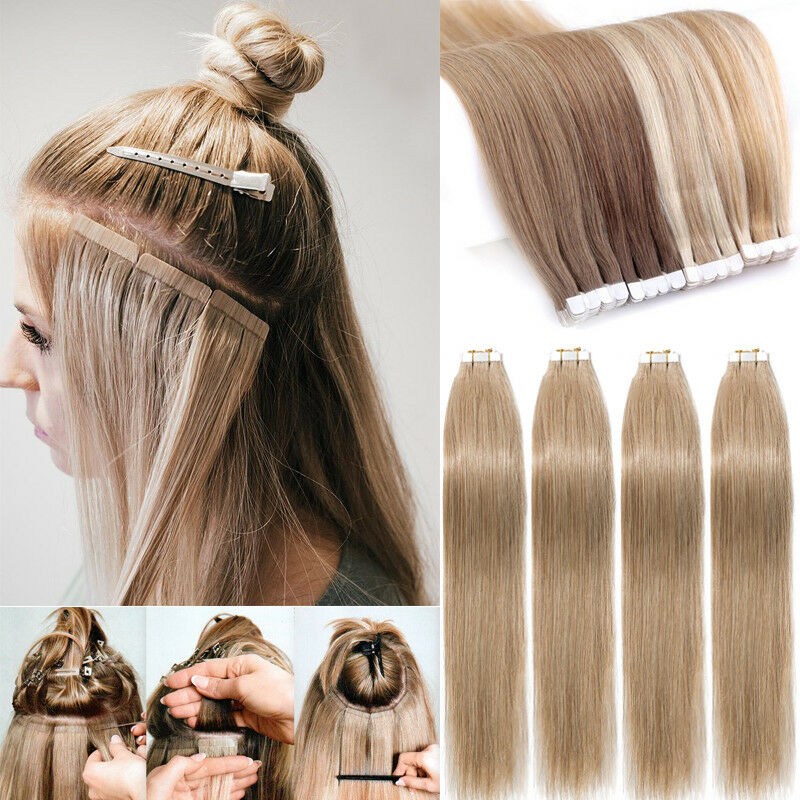
Preparing Thin Hair for Extensions
Preparing thin hair for extensions is crucial for achieving a seamless look. Proper preparation helps ensure the extensions blend well with the natural hair. Start with a thorough wash and condition. This process removes any product buildup and provides a clean base for application.
Consider using a clarifying shampoo if there is significant residue. Following up with a lightweight conditioner helps maintain natural hair health. Avoid heavy conditioners that can weigh down thin hair. Focus on the ends, as roots should remain light to allow the extensions to adhere properly.
Once clean, ensure the hair is completely dry before applying extensions. For clip-in extensions, section the hair carefully using clips. This practice allows for a systematic application, preventing any tangles or confusion. Properly sectioning the hair enhances the overall look and ensures that the extensions remain secure.
For tape-in extensions, it may be beneficial to visit a professional stylist. Professionals provide an extra level of expertise and care during application. They can create a secure attachment without putting excessive stress on thin hair.
Overall, preparing thin hair effectively ensures a successful extension application. Focusing on cleanliness, moisture, and technique creates a beautiful and natural appearance. Taking these steps promotes an enjoyable experience with hair extensions.
Applying Hair Extensions: Techniques and Best Practices
Applying hair extensions for thin hair requires specific techniques to ensure a seamless result. For clip-in extensions, start by creating horizontal sections of hair using clips. Begin at the nape of the neck and work your way up to the crown. This approach allows for even distribution and prevents tangling.
Once the sections are created, open the clips and gently insert them into the hair. Close the clips securely to ensure a firm hold. Repeat this process, adding extensions layer by layer. Each layer should cover the clips below, creating a natural appearance.
For tape-in extensions, the technique differs slightly. Section off the hair as before, ensuring even layers. Carefully peel the tape backing away and press the extension firmly against the natural hair. Ensure the adhesive is applied close to the roots without touching the scalp.
Sew-in extensions involve braiding sections of natural hair before attaching the extensions. A professional stylist should perform this process to ensure proper tension and placement. Over-tightening can cause breakage and discomfort.
In summary, applying hair extensions correctly is crucial for beautiful results. Each method has specific techniques to follow, ensuring seamless blending. By following best practices, individuals can confidently enjoy their new look.

Caring for Hair Extensions
Caring for hair extensions is essential for maintaining their quality and appearance. Proper care ensures longevity and a beautiful appearance. Begin with gentle washing techniques. Use sulfate-free shampoos and conditioners that are free of harsh chemicals. This keeps both natural hair and extensions healthy and vibrant.
When washing hair extensions, separate the hair into manageable sections. Use lukewarm water and avoid excessively hot temperatures. Gently massage the shampoo into the extensions, taking care not to pull or tug. Rinse thoroughly to prevent buildup.
Incorporate regular conditioning into the routine as well. Deep conditioning treatments provide additional moisture and care. Apply conditioner evenly throughout the extensions, focusing on the ends. Leaving the conditioner on for a few minutes can enhance its effectiveness.
Drying techniques are equally important for maintaining hair extensions. Avoid aggressive towel drying, as this can lead to tangling. Instead, pat the hair dry with a microfiber towel. Air drying is preferable, but low-heat blow-drying is acceptable when necessary. Always use heat protectant when styling with hot tools to prevent damage.
Additionally, detangling is crucial for maintaining extensions. Use a wide-tooth comb or a specialized extension brush. Start from the ends and work upward to prevent breakage. Following these care guidelines ensures that hair extensions remain beautiful and healthy for a long time.
Styling Hair Extensions for Different Looks
Styling hair extensions offers endless possibilities for various looks. When incorporating extensions, consider the desired style. For a full-volume look, curled extensions create beautiful, flowing waves. Curling can be achieved with a curling iron or hot rollers. Always apply heat protectant beforehand to safeguard the hair.
Straightening hair extensions also provides a sleek, polished appearance. Using a flat iron allows for effortless styling while enhancing the elegance. Straightened extensions can be combined with natural hair for a seamless blend. This method is perfect for creating an effortlessly sophisticated look.
Braiding is another excellent styling option for extensions. Fishtail braids, French braids, or simple three-strand braids can introduce a bohemian vibe. Braids hold their shape well and can add texture to the overall design.
For more intricate styles, consider updos or half-up, half-down arrangements. These styles effectively showcase long extensions while providing elegance. Twisted buns or messy top knots can showcase the length and volume of the extensions beautifully.
Lastly, incorporating accessories can elevate the overall look. Hairpins, clips, or decorative bands can enhance any hairstyle. Strategically placing accessories can create focal points and add personality to the look. Overall, styling hair extensions can range from simple to elaborate, providing options for every occasion.
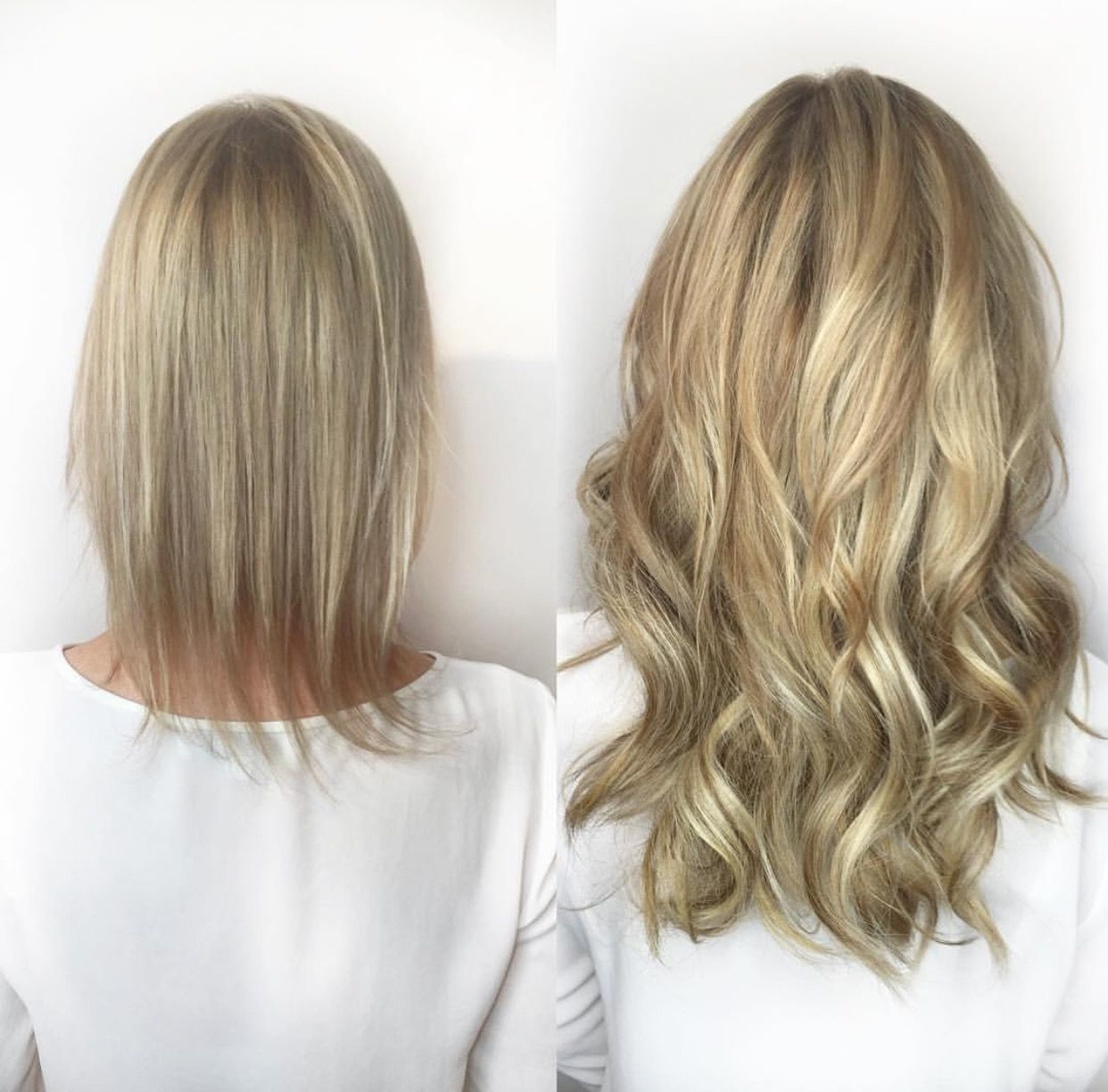
Common Mistakes to Avoid with Hair Extensions
When using hair extensions, avoiding common mistakes is crucial for maintaining their beauty and ensuring hair health. One frequent error involves using the wrong type of extensions for thin hair. Selecting heavy or bulky extensions can lead to breakage or discomfort. Lightweight options are optimal for those with thin hair.
Another common mistake is neglecting proper application techniques. Hair extensions should be applied without excessive tension to prevent damage. Over-tightening can cause stress on natural hair and lead to breakage. It is essential to maintain a balance for a comfortable fit.
Poor maintenance practices can also contribute to detrimental outcomes. Failing to care for hair extensions regularly can result in tangling, dryness, and loss of luster. Develop a consistent cleaning and conditioning routine to ensure longevity and vibrancy.
Improper styling techniques can damage hair extensions as well. Using excessive heat without protection can lead to dryness and split ends. It is vital to utilize heat protectants when styling with hot tools.
Finally, ignoring the importance of professional guidance may lead to unfavorable results. Consulting with a professional stylist ensures the right choices are made. They can provide tailored recommendations and application techniques specific to thinning hair. Overall, avoiding these common mistakes promotes healthy, beautiful hair extensions, allowing individuals to enjoy their stylish options.
Conclusion: Embrace the Beauty of Hair Extensions for Thin Hair
In conclusion, hair extensions provide an effective solution for enhancing the beauty of thin hair. Various types and methods exist to suit individual preferences. From clip-in to tape-in extensions, individuals can achieve stunning results without permanent changes.
Choosing the right quality and shade of extensions is crucial for achieving a natural look. Preparing hair properly before application promotes a seamless blend. Additionally, consistent care and maintenance keep the extensions looking fresh and healthy.
Styling options are nearly limitless with hair extensions. Individuals can experiment with curls, straight styles, braids, and updos. Overall, hair extensions can transform thin hair into voluminous, beautiful locks. By embracing hair extensions, individuals can confidently express their style and personality, enhancing their overall appearance.
